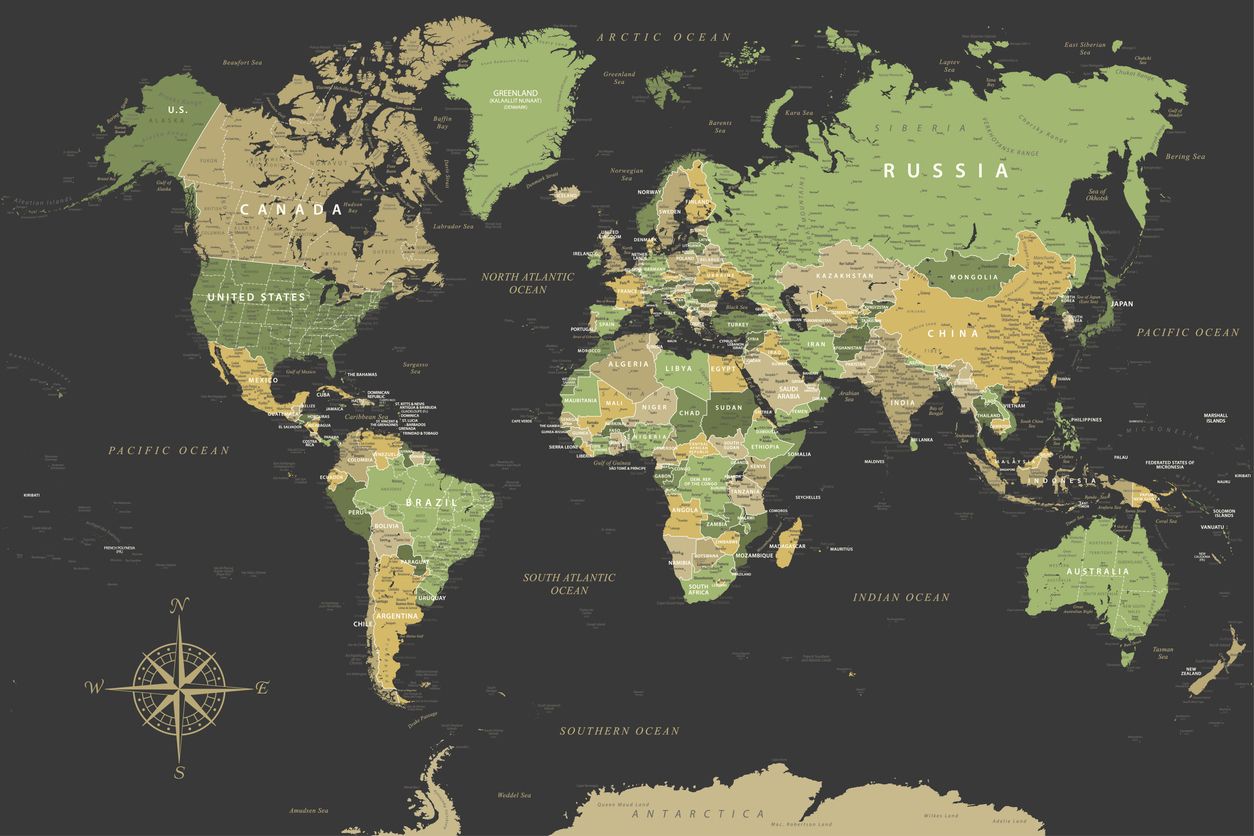
 Priyesh Ghamandi
Priyesh Ghamandi
Location-based pricing is an innovative approach that allows retailers to adjust prices based on the geographic location of customers. This strategy leverages data on customer demographics, competitive pricing in the region, and demand fluctuations to dynamically set prices. Location-based pricing can help retailers improve profit margins, reach targeted customers more effectively, and ultimately drive sales growth. In this blog post, we’ll explore how location-based pricing works, the technology behind it, and real-world examples of how it’s boosting sales.
Location-based pricing is a strategy where businesses adjust the price of a product or service depending on the customer's location. This approach considers factors such as local demand, cost of living, average income, and competition in the area. By tailoring prices to different regions, retailers can better respond to market conditions and maximize sales.
Retailers can benefit from location-based pricing in several ways:
Implementing location-based pricing requires real-time data collection, analysis, and adjustment. Here’s a quick overview of the technology and process involved:
Several retailers have successfully implemented location-based pricing to boost sales and improve their market position. Here are some notable examples:
Uber’s pricing model is a well-known example of location-based pricing. The company uses "surge pricing" to increase fares during periods of high demand and in specific locations. For instance, fares may be higher in a busy downtown area during rush hour compared to suburban areas. This strategy helps Uber manage supply and demand by incentivizing more drivers to operate in high-demand zones.
Amazon utilizes location data to dynamically adjust prices based on regional factors, such as the availability of similar products from local sellers. For example, the price of a particular item might be slightly higher in an area with less competition and lower in areas with multiple options, which helps Amazon stay competitive while maximizing profits.
McDonald's uses geolocation-based discounts to attract customers to specific locations. By using geo-fencing technology, McDonald's can target customers within a certain radius of a location and offer them exclusive discounts. This is especially useful for driving traffic to newer or lower-traffic locations, encouraging nearby customers to visit and boosting sales at specific stores.
Zara, a popular global fashion retailer, adjusts its prices based on regional factors, such as local demand and cost structures. In high-cost regions, Zara prices are generally higher, while prices are adjusted lower in more price-sensitive markets. This allows Zara to cater to the purchasing power of different areas while maintaining consistent profit margins.
Walgreens offers tailored pricing for online orders based on the shopper's location. Prices may vary between states or even cities, reflecting regional differences in demand and competition. Walgreens’ location-based pricing has helped the retailer manage inventory more effectively, respond to local demand, and remain competitive in different regions.
Location-based pricing is a powerful tool for retailers to boost sales and improve profit margins by dynamically adjusting prices based on local conditions. With the right technology and data analytics in place, retailers can harness this strategy to better serve their customers and outpace competitors in specific regions. However, it’s essential to balance the benefits with transparency and ethical considerations to maintain customer trust.
As technology and data analytics continue to evolve, location-based pricing will become more accessible and refined, offering retailers even greater control over pricing strategies and customer engagement.
Location-based pricing is transforming retail. As the examples above show, with thoughtful implementation, this strategy can enhance profits, build customer loyalty, and create a more personalized shopping experience that reflects the diversity of customer needs across locations.
Unlock the power of location-based pricing and grow your global reach.
Learn how to grow your business with our expert advice.

 Priyesh Ghamandi
Priyesh Ghamandi
 Shweta Rathod
Shweta Rathod
 Priyesh Ghamandi
Priyesh Ghamandi